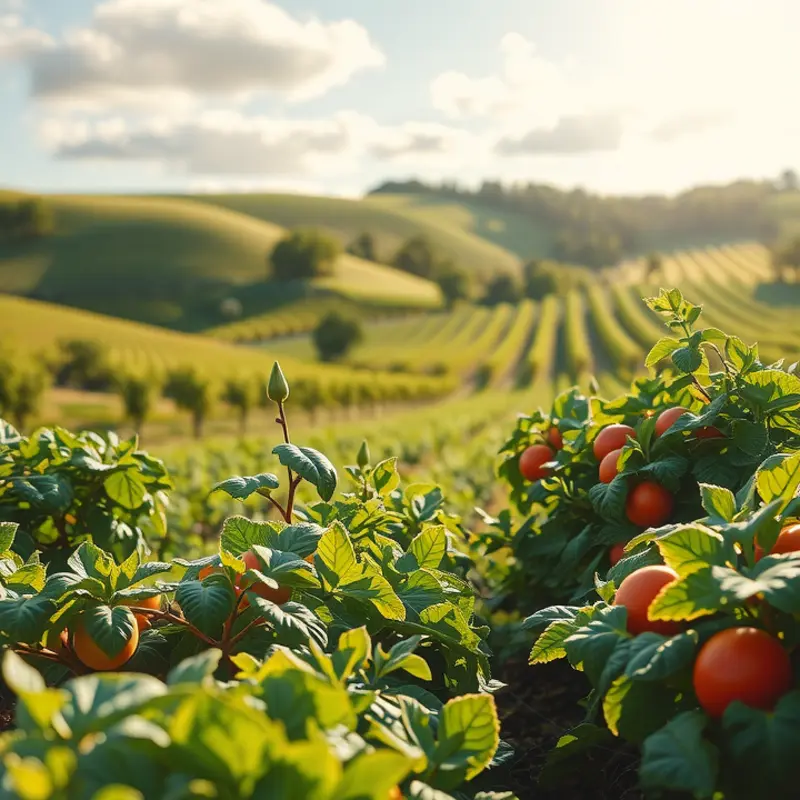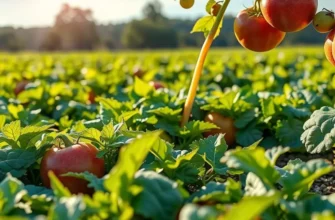Understanding how to recognize spoilage signs is essential for anyone looking to manage their food efficiently. From fruits and vegetables to dairy and meats, knowing when food has gone bad can help you save money and reduce waste. In this guide, we’ll break down the key indicators of spoilage and provide practical tips on how to store food safely, ensuring you keep your kitchen fresh and your meals delicious.
The Telltale Signs of Spoilage

Food spoilage doesn’t sneak up on us silently. It often leaves a trail of clues that can be detected visually, olfactorily, and tactically. Recognizing these signs can prevent potential health risks and help in managing food more efficiently.
Visual Indicators
When food begins to spoil, the most evident signs can often be seen. Discoloration is a common indicator. Fresh fruits and vegetables should appear vibrant and consistent in color. A browning apple, for example, reveals the onset of spoilage. Similar changes apply to meats and dairy. Meat starts to develop a grayish or greenish color, and dairy may form yellowish patches. Mold is a more advanced visual cue. This fuzzy growth is unmistakable and should always prompt disposal, regardless of how much is present.
Olfactory Cues
Your nose is a powerful tool in identifying spoiled food. Fresh food often has a neutral or mild scent. Spoiled food releases an offensive odor due to the breakdown of proteins and fats. A sour or musty smell in dairy, like milk or cheese, suggests spoilage. Meats release a distinct, rotten odor when they’re past their prime. Trust your instincts—if something smells off, don’t consume it.
Tactile Changes
The touch of spoiled food can differ dramatically from its fresh counterpart. Vegetables that feel slimy or sticky instead of crisp are likely spoiled. This texture change, often accompanied by a rank smell, is due to bacterial action. Meat should feel firm to the touch; sliminess suggests bacterial growth. Similarly, sticky or mushy bread indicates it’s better suited for the compost.
While these signs cover a range of food items, specific types demand additional attention. For more on ensuring prolonged freshness of specific ingredients, explore safe sauce storage.
Subtle Signs in Packaged Goods
Packaged foods also exhibit spoilage signs, albeit less overtly than fresh items. Swollen cans or jars indicate bacterial growth, primarily a harmful bacterium called Clostridium botulinum. Discard these items immediately. Plastic packaging, such as vacuum-sealed bags and wraps, can also harbor spoilage signs. If the vacuum seal is compromised or the package appears puffy, it could mean the contents have started to ferment.
Recognizing these spoilage signs equips you to act swiftly, ensuring that your health remains safeguarded. Make sure to rely on all your senses and take a proactive approach to food management, cultivating a kitchen environment that minimizes waste and promotes safety.
Smart Storage Solutions for Freshness

Extending the shelf life of food begins with smart storage. By understanding how to properly store various foods, you can not only reduce waste but also preserve flavors and nutritional value. Here, we’ll explore key techniques for keeping your refrigerated, frozen, and dry goods fresh.
Refrigeration is essential for perishable items like dairy, meats, and some fruits and vegetables. The optimal refrigerator temperature is between 37° and 40°F (3° to 4°C). Store dairy products in the coldest part of your fridge, away from the door, where temperature fluctuations are more common. Keep meat on the bottom shelf to prevent cross-contamination in case of leakage.
For vegetables, consider using a crisper drawer. This compartment helps maintain high humidity, suitable for leafy greens and herbs. Conversely, some fruits like apples emit ethylene gas, which can cause nearby produce to ripen rapidly. Store these separately to avoid premature spoilage. A handy tip is to use air-tight containers to encase chopped fruits and vegetables, helping retain moisture and freshness longer.
Freezing food correctly can add months to its shelf life. Before freezing, wrap items tightly in moisture-proof packaging to avoid freezer burn. Label your packages with dates for easy tracking. While freezing slows down bacterial growth, it does not halt it completely. Prioritize using older frozen items first.
Organizing a pantry efficiently means knowing what should be stored dry. Grains, flours, and nuts stay fresh longer in airtight containers, protected from moisture and pests. If space allows, consider the use of vacuum-sealed bags for grains and nuts. This method removes air, an element that can trigger spoilage.
Proper storage isn’t just about temperature and containers. Arrangement matters too. Implement a ‘first in, first out’ (FIFO) system, where newer products are placed behind older ones, ensuring items are consumed before expiration. Labeling shelves can offer a visual cue to categorize foods systematically. This organization leads to easy access and minimized waste due to forgotten stashed-away foods.
Incorporate environmentally-friendly practices by reusing glass jars for bulk storage. This method not only helps the planet but keeps foods like spices and herbs fresher. You can also repurpose that leftover pasta sauce jar for grains or legumes.
Interested in more sustainable kitchen practices? Check out some eco-smart storage tips here.
Your kitchen’s layout impacts food preservation. Consider grouping food by type, enhancing your meal prep efficiency. A well-organized kitchen can transform meal creation, making it faster, enjoyable, and less wasteful. With these smart storage solutions, you are equipped to keep your food fresher for longer, leading to delicious meals and a happier planet.
Final words
Recognizing the signs of food spoilage and adopting effective storage practices are vital for maintaining a healthy kitchen and minimizing waste. By learning to observe the signs of spoilage, such as odd smells, discolorations, or texture changes, you can make informed decisions about what to keep and what to discard. Coupled with smart storage solutions, such as separating food types and using airtight containers, you’ll improve your food management skills significantly. Embracing these practices not only preserves the quality of your meals but also protects your family’s health.







